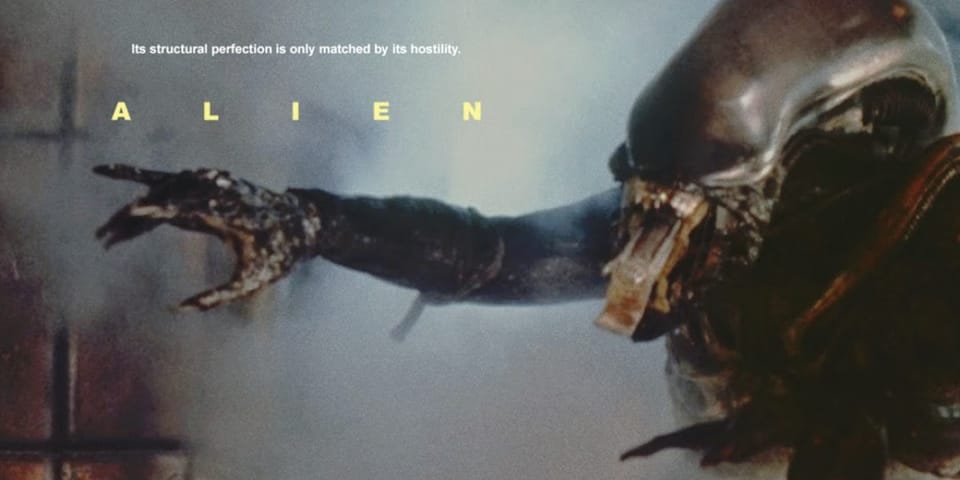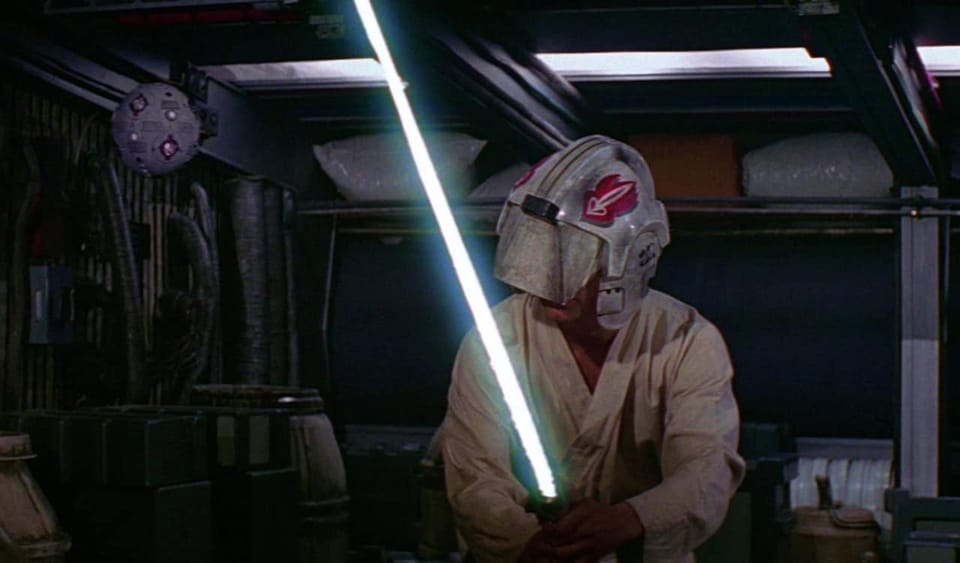Keep the audience engaged as you keep secrets.
You never want the audience to wonder what the story is. Let them think they know. And then reveal it to be something more.

The Story and Plot Weekly Email is published every Tuesday morning. Don't miss another one.
One of our primary goals with the audience is engagement. The term has taken a bad rap because of social media and its monetization of our attention, but it remains apt.
We want the audience to listen and think actively, but to do so while immersed in the story rather than separate from it.
We want them to hope for some outcomes and fear others.
Emotionally engaged and invested is how we get them to feel.
And losing that engagement sinks us.
Every time.
And there are few quicker ways to do that than confusion.
Confusion comes in many forms. Sometimes, it's because we weren't clear in our action lines, so I emphasize clarity of intent above all else.
But other times, it's how we choose to structure our story.
The audience may know what's happening in the scene itself, but the bigger picture stumps them.
They don't know the next step, or they don't feel like the story is progressing. We're an hour in and no further along than before.
Sure, stuff is happening, but the audience thinks, "Who wants what? Why? What's going on? How does this end?"
This is especially true in any mystery when we are deliberately keeping information from them.
The biggest mistake of most mysteries.
Surprisingly, it's that we don't give the audience enough information.
We don't share enough with them. We don't allow them to participate, so they fail to engage.
Sure, sometimes we give them too much, but it doesn't seem as high of a risk.
In a mystery, the less experienced writer will keep the audience in the dark for too long, and the joy of the incremental reveal gets smothered.
They focus too much on the one big reveal at the end, not realizing that the incremental reveals add power to the final one.
The audience wants to know enough to guess who did it; they want to know enough to guess what is going on and why.
They just don't want to be right.
This can be a fine line, but one sure way to combat it is what I call…
The Theory Placeholder.
This is when we give the audience something to believe or suspect. It's a more detailed version of a red herring or a small part of the whole yet to be revealed.
What's important here is that it's tangible, and the protagonist pursues it. It's not simply an odd-look or suspicious-looking character.
It's something we believe is true because the information we have makes us believe it.
The whodunnit.
KNIVES OUT does a spectacular job with this when Marta mixes up the injections. We think we know what happened. It is a plot line we can hold on to.
The fun comes when more and more is revealed, which expands our knowledge of events.
Slashers ain't so bad at this, either.
Sure, they have their fair share of the creepy janitor (the red herring), but they often will have a working theory of who the killer is, and the protagonist pursues these clues.
We think we know who did it and why, so now we want to know if that is true.
This placeholder stabilizes and centers the audience, keeping that next reveal just ahead and piquing our interest to see it through.
The noir conspiracies.
Nobody does the theory placeholder better than a good film noir conspiracy, and L.A. Confidential is my favorite.
It is a quintessential theory placeholder structure.
At every turn, the three protagonists have a basic idea of what is happening. And we're wrong every time.
But we're never lied to; this is much harder. One of my pet peeves is lying to the audience and pretending it's a reveal (No, he didn't die in Act 1, he's been alive the whole time!)
In L.A. Confidential, we get more information as we go, with each theory replaced by a bigger one.
- It's a robbery gone wrong.
- It's about prostitutes cut up to look like movie stars.
- It's about blackmail.
- It's about the mob.
- It's about corrupt cops.
- It's about the city council.
- It's about cops replacing the mob.
The conspiracy gets deeper and deeper until revealing what has been in front of us the whole time.
We don't know the real story, but we are never lost. We always think we know what's ahead.
It's immensely satisfying and holds up after every rewatch.
An exercise
I am structuring out a sci-fi film noir project right now, and I am doing what I have advised students to do for years:
Be very deliberate about what the audience knows at every stage.
So, go back to your favorite mystery. It can be a traditional whodunnit like KNIVES OUT or THE ORIENT EXPRESS, a conspiracy noir like CHINATOWN, a courtroom mystery like Pakula's PRESUMED INNOCENT, or a detective mystery like BASIC INSTINCT.
Whatever it is, look at the structure… and identify what the protagonist's (and usually the audience's) theory is at the time.
See how often it changes and evolves.
See what it's replaced with and how.
And see how that theory pushes the story forward, almost always being wrong yet adding emotional layers to what ultimately proves to be true.
Don’t hide the truth. Reveal it.
You never want the audience wondering what the story is. You never want them confused. Not knowing what they're waiting for or what needs to happen to move things forward.
They struggle to be emotionally attached when they're in that space.
You want them to think they know the story. Perhaps even believe they're a step ahead.
And then you reveal it to be something else.
The Story and Plot Weekly Email is published every Tuesday morning. Don't miss another one.
When you're ready, these are ways I can help you:
WORK WITH ME 1:1
1-on-1 Coaching | Screenplay Consultation
TAKE A COURSE
Mastering Structure | Idea To Outline




